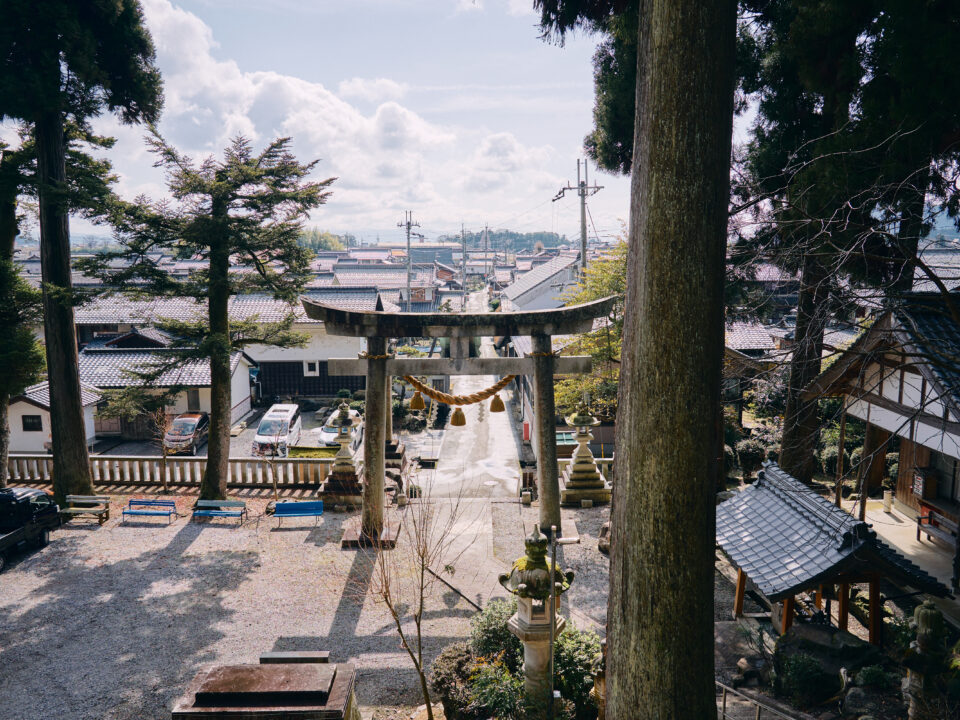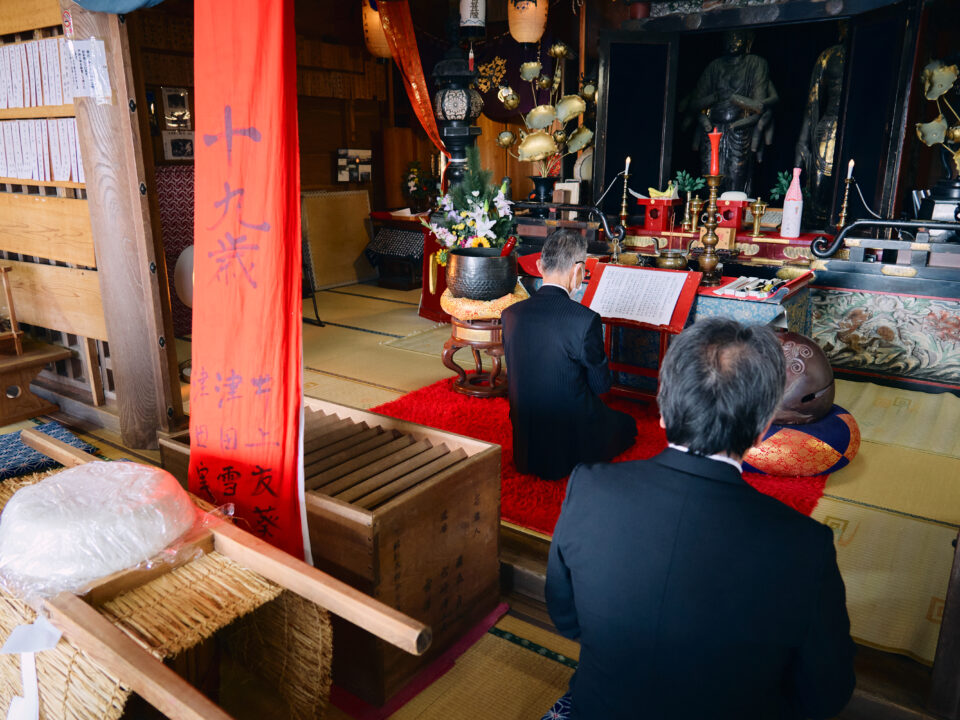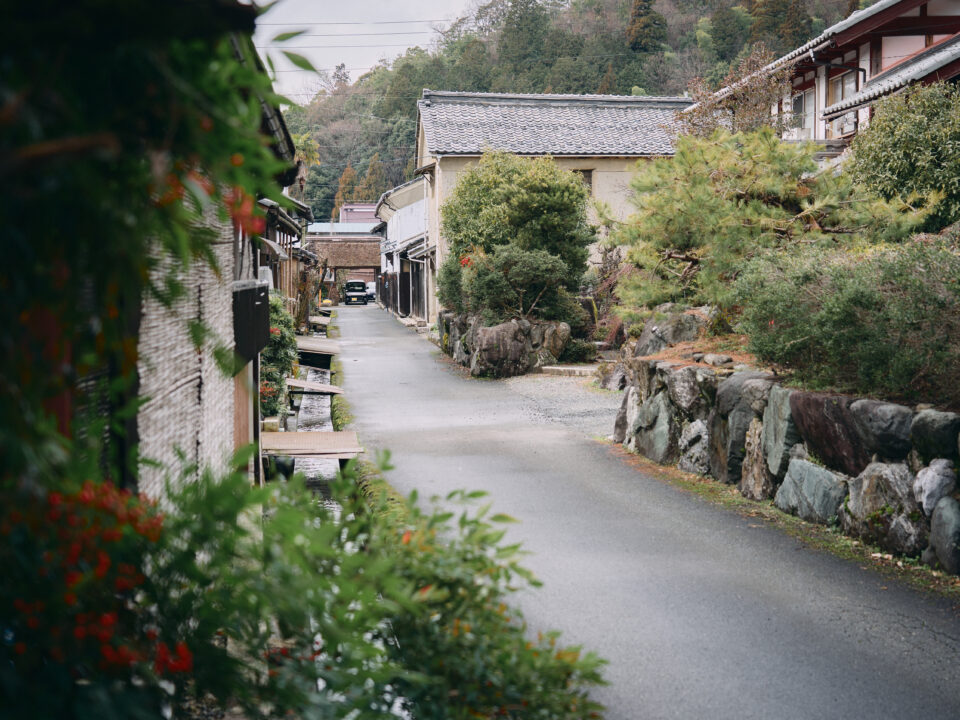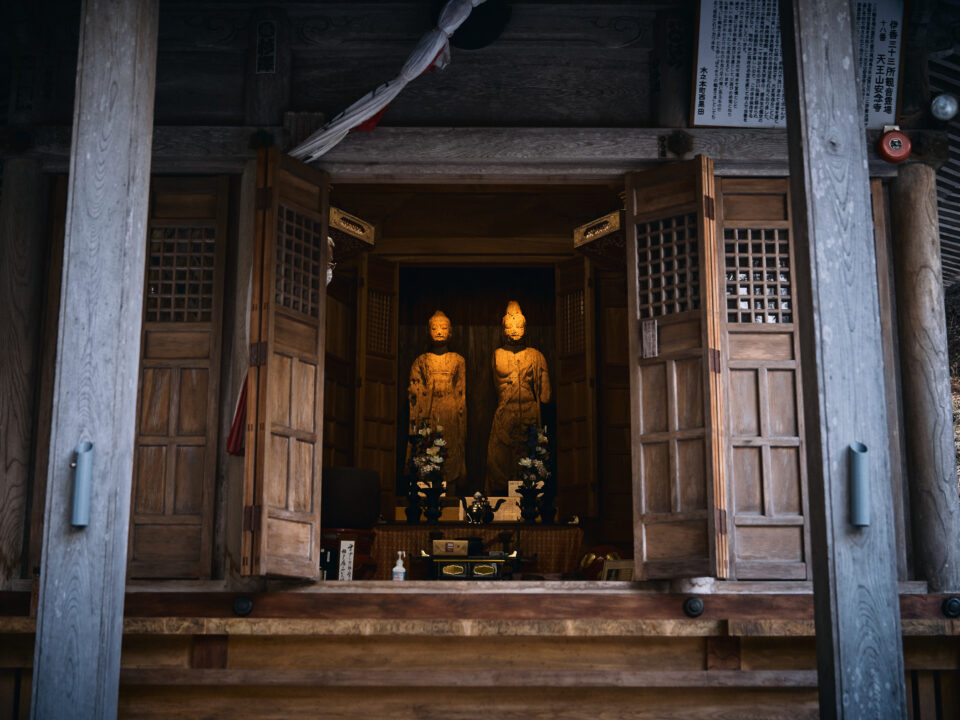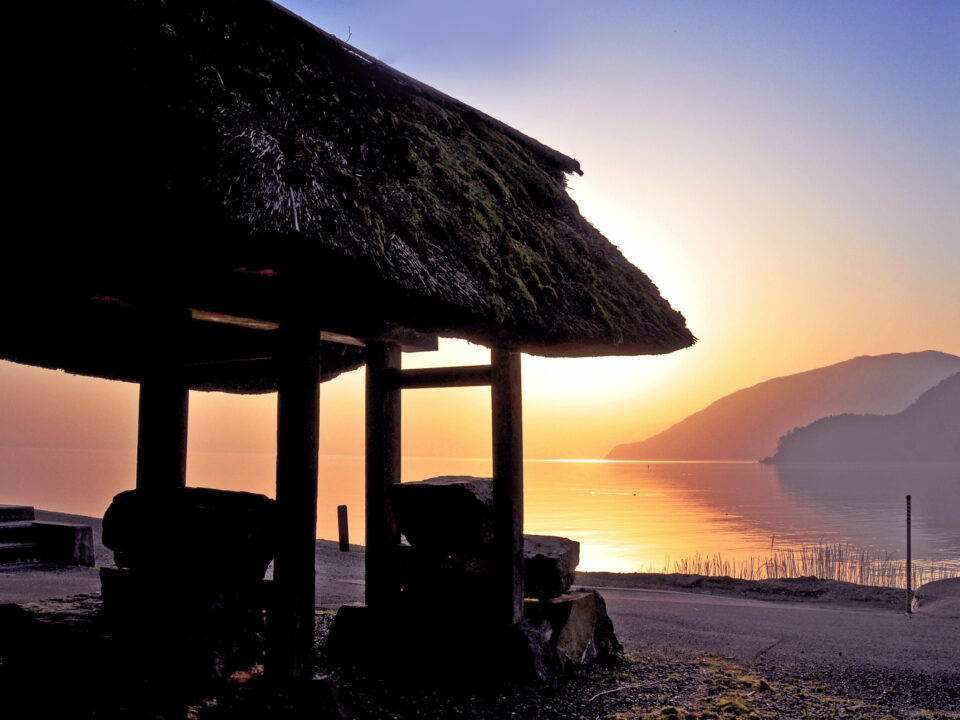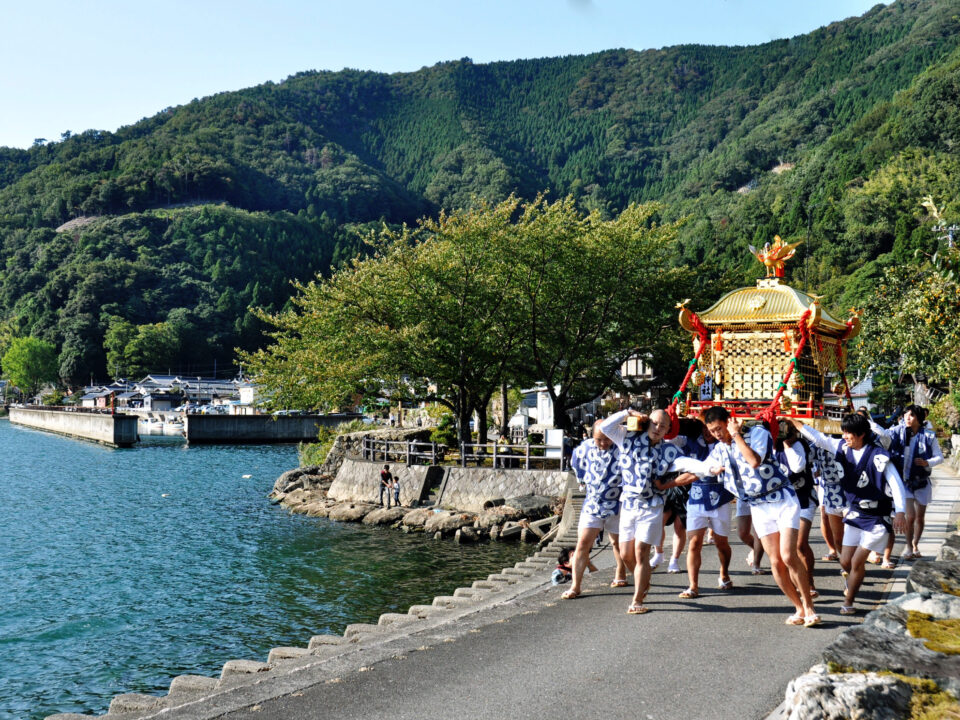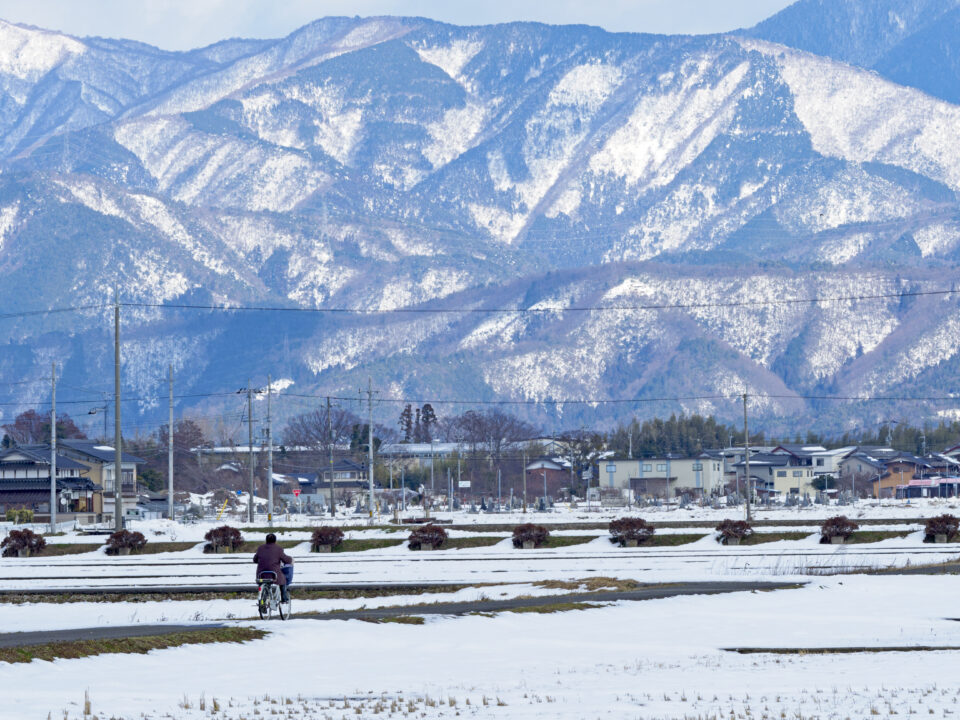Located in the northeastern direction of Kyoto, Nagahama is a treasure trove of profound Buddhist history, imbued with a sacred essence that resonates through its landscape. Its spiritual depth is profoundly influenced by the ‘demon’s gate’ or ‘kimon,’ a principle rooted in the ancient Chinese geomancy of Feng Shui. This philosophy identifies the northeast direction as a spiritually sensitive area, vulnerable to malevolent forces, and has deeply influenced the spiritual and physical landscape of Japan.
Spiritual Guardianship and Cultural Synthesis
The strategic placement of the venerable Enryaku-ji Temple on Mt. Hiei, established over 1300 years ago as a sanctuary of Tendai Buddhism, exemplifies this. It was designed to offer divine protection to the Kyoto Imperial Palace. Positioned to the northeast of Mt. Hiei, Nagahama benefits from this spiritual lineage, embodying a unique blend of religious culture and historical significance.
In this spiritually charged direction, Nagahama has blossomed into a unique religious culture, seamlessly weaving together the sacred teachings of Tendai Buddhism with the indigenous traditions of mountain and Kannon worship. This synthesis, inspired by the revered Hakusan Mountain worship in Ishikawa Prefecture, has fostered a distinct culture of devotion to Kannon, the Goddess of Mercy. Over 130 sacred Kannon statues, scattered across its villages, have led to the area being affectionately termed ‘the Villages of Kannon.’ These statues, transcending time and sectarian boundaries have become integral to the communities as ‘village guardian deities,’ enshrined in quaint sanctuaries nestled among natural beauty and ancient trees. Standing in small temple halls, they create a spiritually rich and unique landscape, a testament to the enduring spirituality of the local people.
A Living Tradition of Faith and Community Spirituality
Despite the passage of 1300 years, this sacred tradition of faith remains deeply rooted in the everyday lives of Nagahama’s residents, a legacy cherished and preserved through generations. The spiritual practices in Nagahama, reflecting a more indigenous and community-centric spirituality, contrast with the formalized traditions of Buddhist culture exemplified by Mt. Hiei. This rich cultural tapestry, imbued with sacredness and spirituality, not only showcases the scenic beauty of the region but also provides visitors with profound insights into a living tradition of faith, deeply interwoven with the fabric of the community’s daily life. Through centuries, Nagahama has maintained a sanctuary of faith, where the sacred and the secular merge, illustrating the timeless connection between people and their spiritual heritage.
 ????????????????????????????????????
???????????????????????????????????? ????????????????????????????????????
???????????????????????????????????? OLYMPUS DIGITAL CAMERA
OLYMPUS DIGITAL CAMERA

